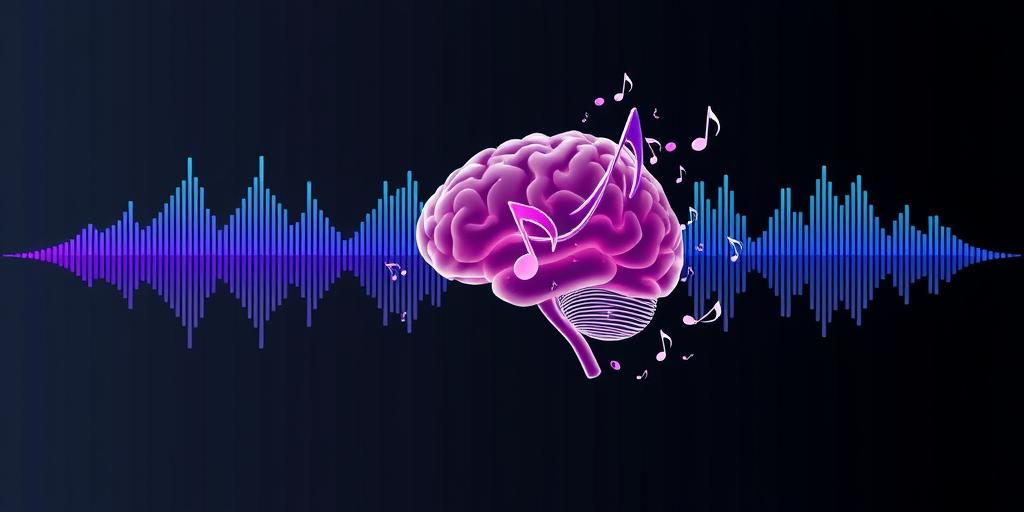AI Composers and the Future of Music Creation (2025)
The intersection of artificial intelligence and music is rapidly evolving, promising to reshape how music is created, consumed, and experienced. As we move into 2025, AI composers are no longer a futuristic concept but a tangible reality, impacting various aspects of the music industry. This article delves into the current state of AI composers, their capabilities, challenges, and potential future implications.
Current State of AI Composers
AI composers leverage machine learning algorithms to analyze vast datasets of existing music, identifying patterns, structures, and stylistic elements. These algorithms, often based on neural networks, enable AI to generate original musical pieces in diverse genres. Some notable advancements include:
- Sophisticated Algorithms: Modern AI can produce compositions that mimic specific composers, genres, or even create entirely new styles by blending different influences.
- Real-Time Composition: AI systems now offer real-time composition capabilities, allowing musicians and artists to collaborate with AI in live performances or studio sessions.
- User Customization: Many AI music platforms allow users to customize parameters such as tempo, key, instrumentation, and mood, providing greater control over the final output.
Capabilities of AI Composers
AI composers bring a range of capabilities that augment and, in some cases, surpass traditional methods of music creation:
- Efficiency and Speed: AI can generate musical ideas and complete compositions much faster than human composers, accelerating the creative process.
- Inspiration and Innovation: AI can offer novel combinations of musical elements that might not occur to human composers, sparking new creative directions.
- Accessibility: AI tools democratize music creation, making it accessible to individuals without formal musical training.
- Personalization: AI can tailor music to individual preferences, creating custom soundtracks for various activities, such as gaming, meditation, or personalized therapy.
Challenges and Limitations
Despite their advancements, AI composers face several challenges and limitations:
- Emotional Depth: AI-generated music sometimes lacks the emotional depth and nuance that human composers bring, as it struggles to capture complex human emotions and experiences.
- Originality Concerns: The reliance on existing datasets raises concerns about originality and the potential for unintentional plagiarism.
- Technical Barriers: While user-friendly interfaces are improving, mastering AI music tools still requires a degree of technical understanding.
- Copyright and Legal Issues: The legal framework surrounding AI-generated music is still evolving, leading to uncertainties about ownership and copyright protection.
Future Implications
The future of music creation with AI composers holds immense potential:
- Augmented Creativity: AI will likely serve as a powerful tool for human composers, augmenting their creativity and enabling them to explore new musical territories.
- New Musical Forms: AI could lead to the emergence of entirely new musical genres and forms that blend human and artificial creativity.
- Personalized Music Experiences: AI will drive the creation of highly personalized music experiences tailored to individual preferences and emotional states.
- Educational Applications: AI-driven music tools can enhance music education, providing interactive platforms for learning composition and music theory.
Conclusion
As we navigate 2025, AI composers are becoming an integral part of the music ecosystem. While they present challenges, their potential to revolutionize music creation is undeniable. By understanding their capabilities and limitations, musicians, artists, and industry professionals can harness AI to unlock new levels of creativity and innovation in the world of music. The future of music is not about replacing human composers but augmenting their abilities with the power of artificial intelligence, leading to a richer, more diverse, and personalized musical landscape.
